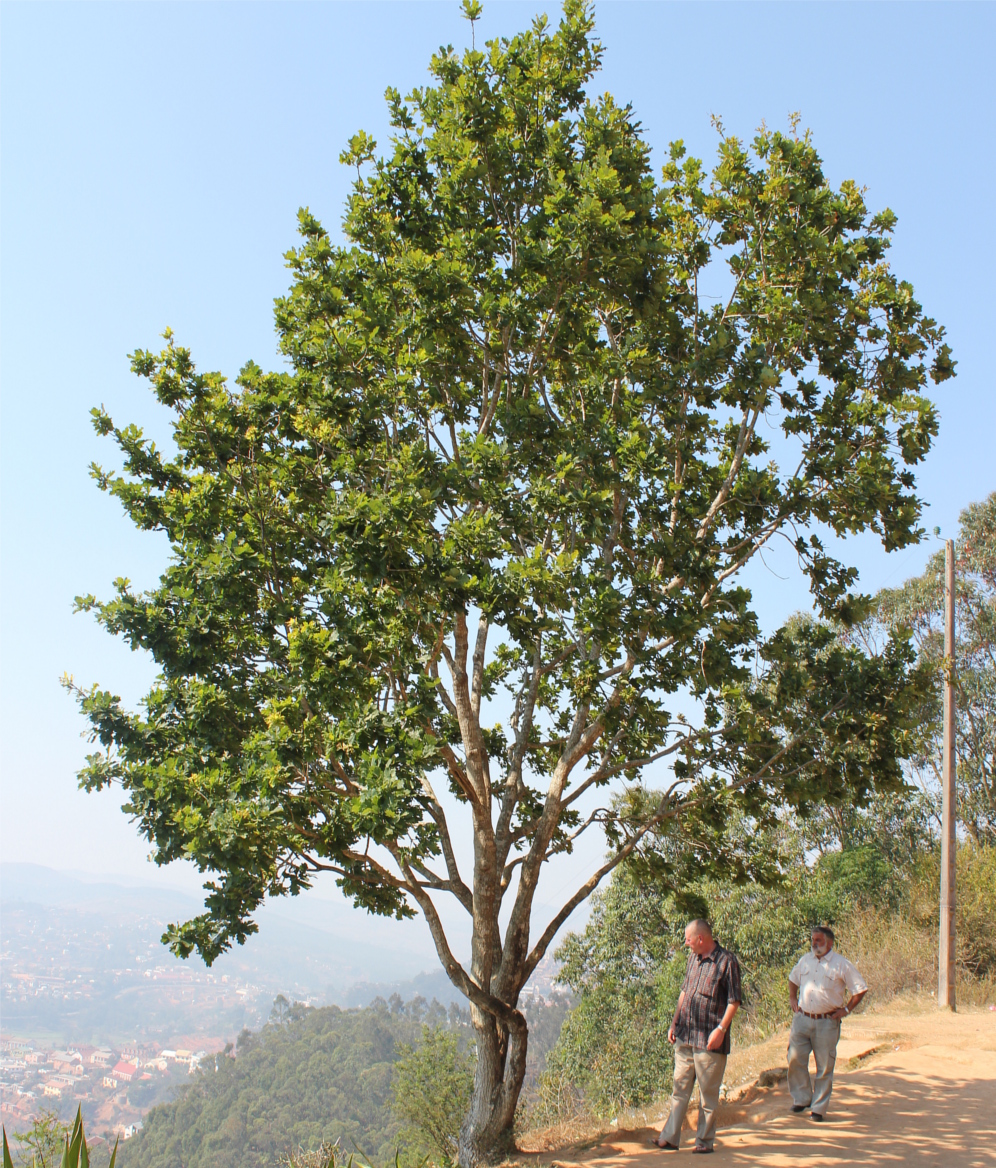
The Legend
Marana is neither a city nor a village. People would call such settlements “the place of isolation”. It is the place where only the lepers live. Why is it called Marana? What can the word mean? Well, there is no such a word in the Malagasy language. The local legend says that Marana was the name of the lord of the hill, where the leprosarium was built. The legend also calls him a prince, as he was of the noble origin. Marana lived in the second part of the XIX century. After he contracted the leprosy, he left his home for the Kianjasoa hills, where his family built him a house. By and by Marana was joined by the lepers there. Poor people found the shelter in the mountain caves. Later Marana granted the lepers the land ownership, so that there would be no need for them to wander from place to place.

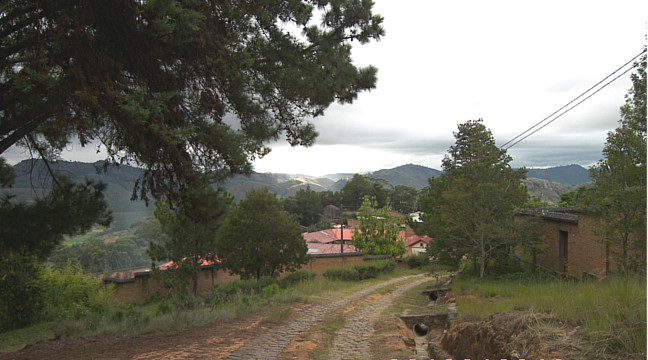
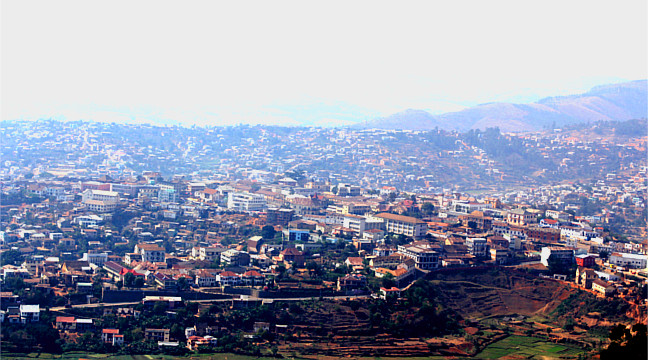
The leprosarium of Father Beyzym
The Jesuit Fathers from Fianarantsoa built a small asylum for the sick at Marana and brought the food there once a week. Father Beyzym came to Marana in 1902. Despite many challenges he managed to build a leprosarium there. It has been functioning since then, providing the necessary help for the lepers. Soon the leper village appeared nearby, where the lepers and their families live. The leprosarium is not financed from the State resources. The same way as it was in Father Beyzym’s times, it is maintained by the donations, mostly from Europe. The needs are immense, but the money at disposal is not enough. However, in Marana they do everything in their might to help the sick and provide all the necessary care for the patients. They look after the patients’ bodies as well as their souls. Marana has a permanent chaplain. It is Father Michael SJ. He is dedicated to his people, but he is elderly and diseased. Some time ago Father Michael lost his eyesight.


The leprosarium patients remember the Father of “Black birds”
I visit Marana quite often at present. Our community was ordered by the Provincial to help Father Michael in his everyday duties until a new chaplain is appointed. I serve the Mass on Sundays, Mondays and Tuesdays and Father Michael joins me in concelebration. I take confession and impart other sacraments that are needed by the sick. When I look at these suffering people, I always think about Father Beyzym. How much effort and heart he had to put into that deed of his. How much must have he loved the sick to commit himself to them unreservedly. I feel happy that Marana inhabitants remember Father Beyzym, know who he was and what they owe to him. I often see them praying by his sarcophagus. They pray for the graces for themselves, for Father Beyzym’s canonization. Although I am sure that for them he became saint a long time ago.
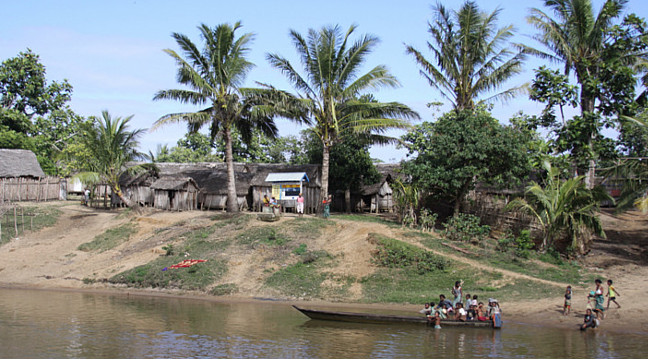
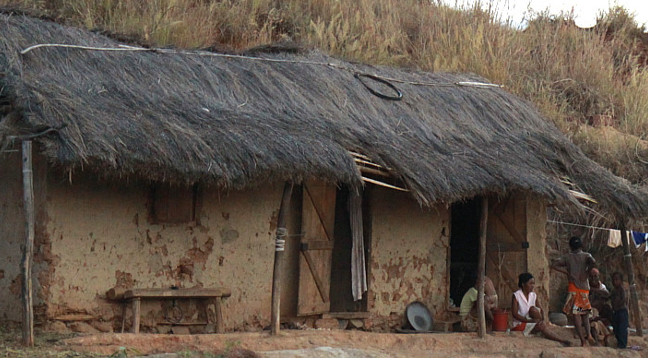
Volunteers and pilgrims
Marana... Are there any other visitors here besides the sick, the doctors and missionaries? Not very often, but the place is visited by the tourists from all over the world. There are visitors from Poland as well. Two volunteers from the country visited Marana recently. They came to help Father Czesław Sadecki SVD, who works in the missionary district not far from Fianarantsoa. Father builds schools in the Malagasy villages. One of the schools, built in 2016, was named after Father Beyzym. Volunteers from Poland will work at that school. People come to Marana mostly to visit the chapel, where Father Beyzym was buried.

The old clock and museum in Marana
There is a small museum in Marana, where Father Beyzym’s memorabilia are collected. These are photos, documents, the things that Father used, while living in Marana. There is also an old clock that kept time for Father Beyzym and continues to time for Marana patients and sisters, who work there. It used to play a beautiful melody every half an hour. But the old clock is silent for some time. It was repaired by Father Tadeusz Kasperczyk a couple of years ago. Well, the old clock needs help again and now it is my turn to repair it. The other problem is the lack of electricity in the museum. The electricity needs to be installed and appropriate light bulbs need to be bought. Money is needed to do that, though. The museum is important, of course, but it can wait. The most important people in Marana are the thick. Every penny we manage to get goes to satisfy their needs.
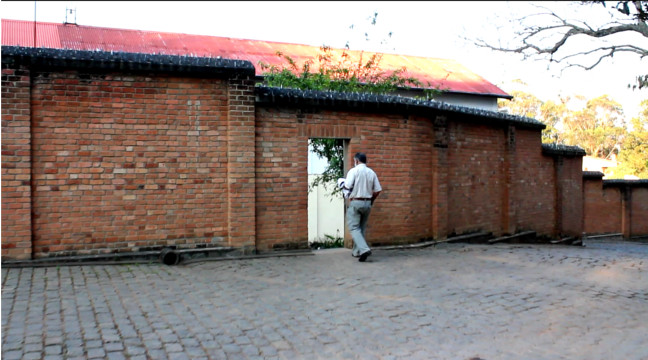
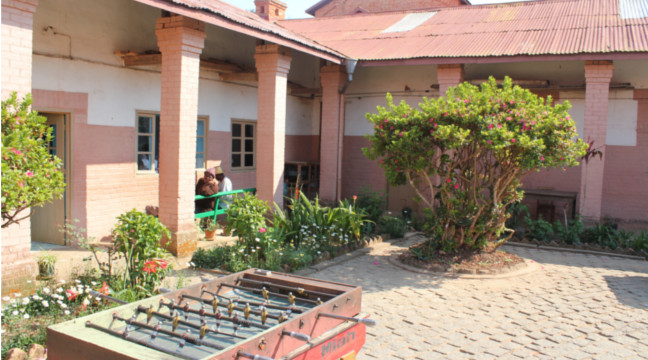

The smile of Marana
When a person enters Marana gates, local children run happily to meet the guest. There are quite a lot of them here. Smiling from ear to ear, they clap their hands and sing you a song. The content of the song is the following:
There is a lane running through the forest and high into the mountains towards the gate and high walls.
It is Marana, if you happen not to know, the place of many graces. Father Beyzym built a big hospital here for the sufferers. He cared for them with all his heart.
Father Beyzym came from Poland sailing through deep oceans. His life was hard in Marana, but Father trusted in Our Holy Mother.
We thank You, Our Lord, for our kind Father Jan. You Almighty accept Father among the saints.
May Marana live forever!
It was nice to see you and good bye!
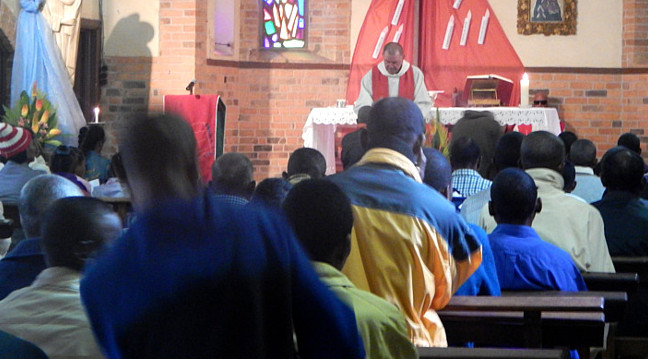
Everybody is invited
I would join the voices of the children and invite you to Marana. If the road of your life leads you to Madagascar some day, visit Marana. When you see the suffering people of Marana, your problems and troubles will become much smaller and easier to cope with. The Blessed Father Beyzym awaits you here. We, Poles, should always remember him.
Fr Józef Pawłowski SJ,
Madagascar missionary
